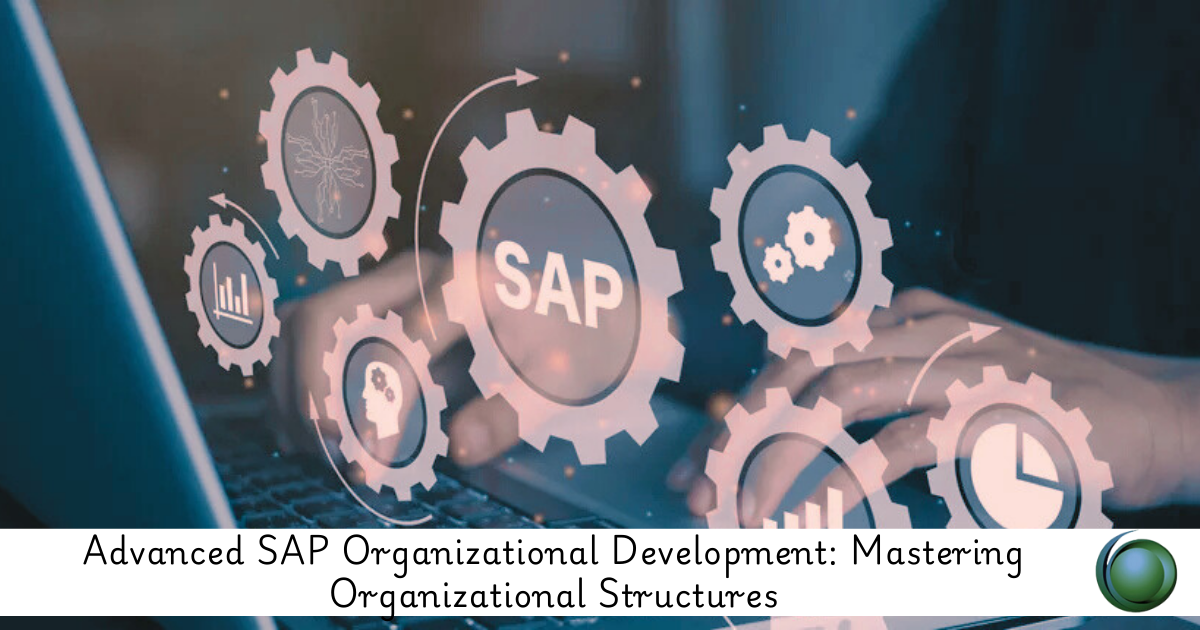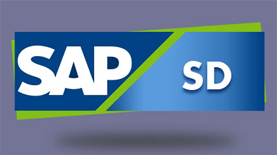Description
Introduction:
This course is designed for experienced SAP users who are looking to deepen their expertise in managing complex organizational structures using the SAP Organizational Development (OD) module. This advanced course covers intricate scenarios such as handling multi-level hierarchical organizations, optimizing workflows, and managing organizational changes efficiently. Participants will also learn how to align their organizational structures with business processes, implement advanced reporting, and integrate OD with other SAP modules for a holistic HR management approach.
By the end of the training, participants will have the skills to manage and optimize sophisticated organizational structures and lead organizational transformations using SAP OD.
Prerequisites of Advanced SAP Organizational Development
Participants enrolling in this Advanced SAP OD course should have:
- Basic Knowledge of SAP OD:
- Completion of a foundational SAP OD course or equivalent practical experience in managing organizational units, positions, and jobs.
- Familiarity with SAP HCM Modules:
- Experience in working with other SAP HCM components such as Personnel Administration, Time Management, or Payroll.
- Understanding of HR Concepts:
- A solid grasp of HR processes, workforce planning, and organizational design.
- Optional:
- Familiarity with SAP reporting tools (e.g., SAP Query or SAP Analytics).
Table of Contents
- Introduction to Advanced SAP Organizational Development
1.1 Overview of SAP Organizational Development (OD)
1.2 The Importance of Organizational Structures in Business Success
1.3 Key Features and Capabilities of SAP OD for Organizational Mastery - Understanding Complex Organizational Structures in SAP OD
2.1 Organizational Units and Hierarchies in SAP
2.2 Defining Positions, Jobs, and Roles in SAP OD
2.3 Managing Reporting Lines and Relationships(Ref: SAP OD Module: Key Concepts and Applications)
2.4 Multi-Dimensional Organizational Structures and Their Uses - Designing and Optimizing Organizational Structures in SAP OD
3.1 Principles of Organizational Design
3.2 Best Practices for Structuring Organizational Units
3.3 Aligning Organizational Structure with Strategic Goals
3.4 Advanced Position Management and Job Classification - Customizing Organizational Structures in SAP OD
4.1 Using SAP Customization Tools to Tailor Structures
4.2 Configuring Organizational Units, Jobs, and Positions
4.3 Creating Flexible and Scalable Organizational Designs
4.4 Automating Organizational Updates and Changes - Integration of SAP OD with Other Business Modules
5.1 Linking SAP Organizational Development with Personnel Administration
5.2 Integrating SAP Talent Management with Organizational Structures
5.3 Data Flow Between SAP OD and Other SAP HCM Modules
5.4 Enhancing Workflow Efficiency Through SAP OD Integration - Advanced Reporting and Analytics for Organizational Structures
6.1 Using SAP Reporting Tools for Organizational Insights(Ref: Sales Force Automation (SFA) Tools: Enhancing Sales Efficiency)
6.2 Creating Custom Reports and Dashboards
6.3 Analyzing Organizational Structure Data for Strategic Decision-Making
6.4 Visualizing Complex Organizational Structures in SAP - Managing Organizational Change with SAP OD
7.1 Techniques for Managing Organizational Restructuring
7.2 Adapting Organizational Structures for Mergers and Acquisitions
7.3 Tracking Organizational Changes in Real Time
7.4 Ensuring Data Integrity During Organizational Transitions - Optimizing Workforce Alignment Through Organizational Structures
8.1 Aligning People, Processes, and Structures in SAP OD
8.2 Managing Talent and Resources Based on Organizational Design
8.3 Identifying Gaps in Organizational Structures and Addressing Them
8.4 Supporting Succession Planning Through SAP Organizational Structures - Change Management and Organizational Development
9.1 Understanding the Role of Change Management in Organizational Design
9.2 Using SAP OD to Facilitate Smooth Organizational Transitions
9.3 Stakeholder Management and Communication During Change
9.4 Overcoming Resistance and Ensuring Adoption of Organizational Changes - Challenges and Best Practices in Advanced SAP Organizational Development
10.1 Common Pitfalls in Designing Organizational Structures
10.2 Best Practices for Scaling and Modifying Complex Organizational Structures
10.3 Effective Data Management for Complex Structures in SAP OD
10.4 Case Studies: Advanced SAP OD Implementation - Future Trends in Organizational Design with SAP OD
11.1 The Role of AI and Automation in Organizational Structures
11.2 Trends in Agile and Flexible Organizational Designs
11.3 Preparing for the Future of Work and Workforce Strategies with SAP OD - Final Project: Designing and Implementing a Complex Organizational Structure
12.1 Applying Advanced Concepts to Create a Custom Organizational Design
12.2 Presenting the Structure and Strategy for Implementation
12.3 Receiving Feedback and Refining the Organizational Plan
End of Course Assessment and Certification:
- Final assessment covering advanced topics and practical skills.
- Certification upon successful completion of the course and final project.
Conclusion
Mastering Advanced SAP Organizational Development equips professionals with the skills necessary to design, optimize, and manage complex organizational structures that align with business strategies. By leveraging SAP OD’s powerful tools, HR managers and organizational designers can enhance workforce planning, improve reporting and analytics, and effectively manage organizational changes. With a deep understanding of how to integrate SAP OD with other business modules and best practices for organizational design, businesses can build agile, scalable, and efficient structures that foster long-term success. This training empowers professionals to drive organizational excellence and navigate the complexities of dynamic business environments.







Reviews
There are no reviews yet.